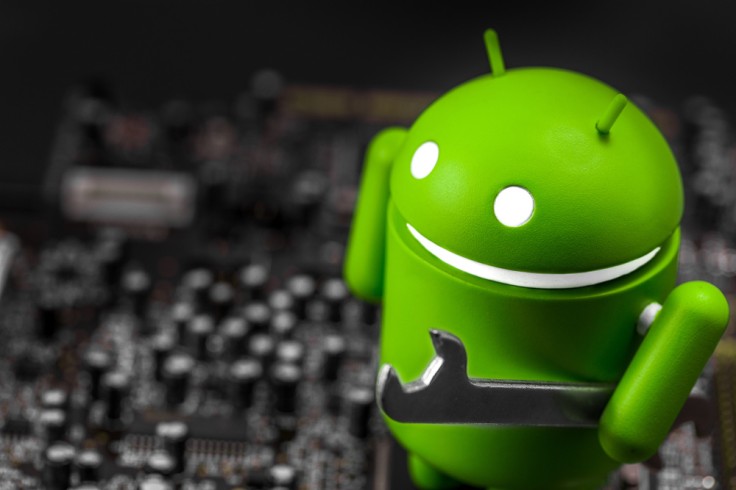
New features in Android appear with every major upgrade, but many useful tools still don't exist. Fortunately, these shortcomings more than compensate applications from third-party developers. Android Google Play is saturated with various apps, both necessary and important (like MapsMe, Total AV Antivirus, AnyDo), and rubbish (cleaners and optimizers, weather apps, etc.). Keep reading to know what to install to group notifications in a curtain, level up the clipboard, and automate the launch of some applications.
1. Temporary Permissions
Selective permission configuration, which appeared in Android Marshmallow, allowed better control of the installed applications activity. However, to this day, such permissions are issued only once and for the entire program operation. Of course, it is convenient, but not quite safe, because some applications can use their rights without your knowledge. Constantly cancel them manually, running through the debris of system settings, it is problematic - it is better to use a special application.
With Bouncer, you can grant permissions that can be automatically revoked after you exit the application or after a certain time. For example, you can allow Uber to track your location only for an hour, that is, for the period of the service use.
2. Full Notification Log
The clean version of Android has a hidden log of all notifications. It allows you to go back to some critical notifications you missed or just accidentally swept. The trouble is that the set of functions of such a log is limited, and in some OS versions it was removed altogether.
You can replace it with the Notification History Log, which saves all notifications in one place. It provides a convenient search with filtering and even export.
3. Group Notifications in the Curtain
Another problem with notifications in Android is the absence of any grouping to highlight essential events, among others. It is especially true when several dozen different notifications are received each hour.
You can use Notifix to keep your list open. It groups all messages in the curtain according to the source or context. So, in one pack will be collected notifications from messengers, in another - from social networks, in the third - news and so on.
4. Separate tabs for links from applications
Chrome for Android has offered Custom Tab functionality long ago. You can use it to open a web page without leaving the app where it was referenced. It's convenient, fast, but not practical at all. After all, you can open only one tab in this way, and you can return to the original application only after it is closed.
You can solve these problems with Lynket Browser, which is installed on top of your main browser. It allows you to open as many links as you like from a single application, highlighting a separate tab for each of them.
5. Universal Search
In Android, there is no universal search in a system, applications, contacts, and files. Such a tool is available in some OS versions or via third-party applications. One of them is Sesame. The program works quickly and has a convenient interface allowing to start functions of various applications directly through the search with ease.
6. Clipboard Manager
In the current form, the Android clipboard has only one memory cell, which is overwritten each time you highlight and copy something. But often there is a need to keep in mind several segments of text from different places. It is possible to do this using such an application as Clipper.
It is a multi-function clipboard manager that automatically stores everything you copy. Each copy is accessible at any time. You can group, edit, delete, and send records to friends. Online synchronization, search, and insertion of dynamic values are also available in the paid version of Clipper.
7. Delete Multiple Applications at the Same Time
The clean version of Android lacks the function of multiple applications removal. It would simply highlight the right programs and get rid of them with one click. UnApp can help to fix it. You can remove at least 10 applications at a time without setting system tools.
8. Complete Network Activity Monitoring
Android has traffic consumption control features, but they do not compare with the tools that are available in Datally. This application tracks the traffic of each session, provides much more detailed statistics, and allows you to prohibit individual applications from accessing the Network.
With one recent update, Datally introduced a guest mode with traffic restriction, a daily limit, and the ability to track data transmission by unused applications. All this would be worth adding to the Android operating system, especially considering that Google is developing Datally itself.
9. Expand Quick Settings
Android users are able to change the list of quick settings in the curtain, but there are very few items to add. Many useful adjustments are missing, which can only be obtained using third-party applications.
You can pump the curtain out in various ways, but the easiest way to use the Quick Settings utility. It allows you to select icons to be added to the Quick Settings panel. There's everything you might need, from simple system options to application launch icons.
10. Applications Launch Automation
Despite Google's widespread introduction of artificial intelligence, Android often lacks the simplest automation. For example, it is not possible to link the launch of music service to the connection of headphones.
It is the functionality that Consult offers. In it, you specify a condition and select the application that will be automatically enabled when it is executed. There are few scripts, but it's better than nothing.









